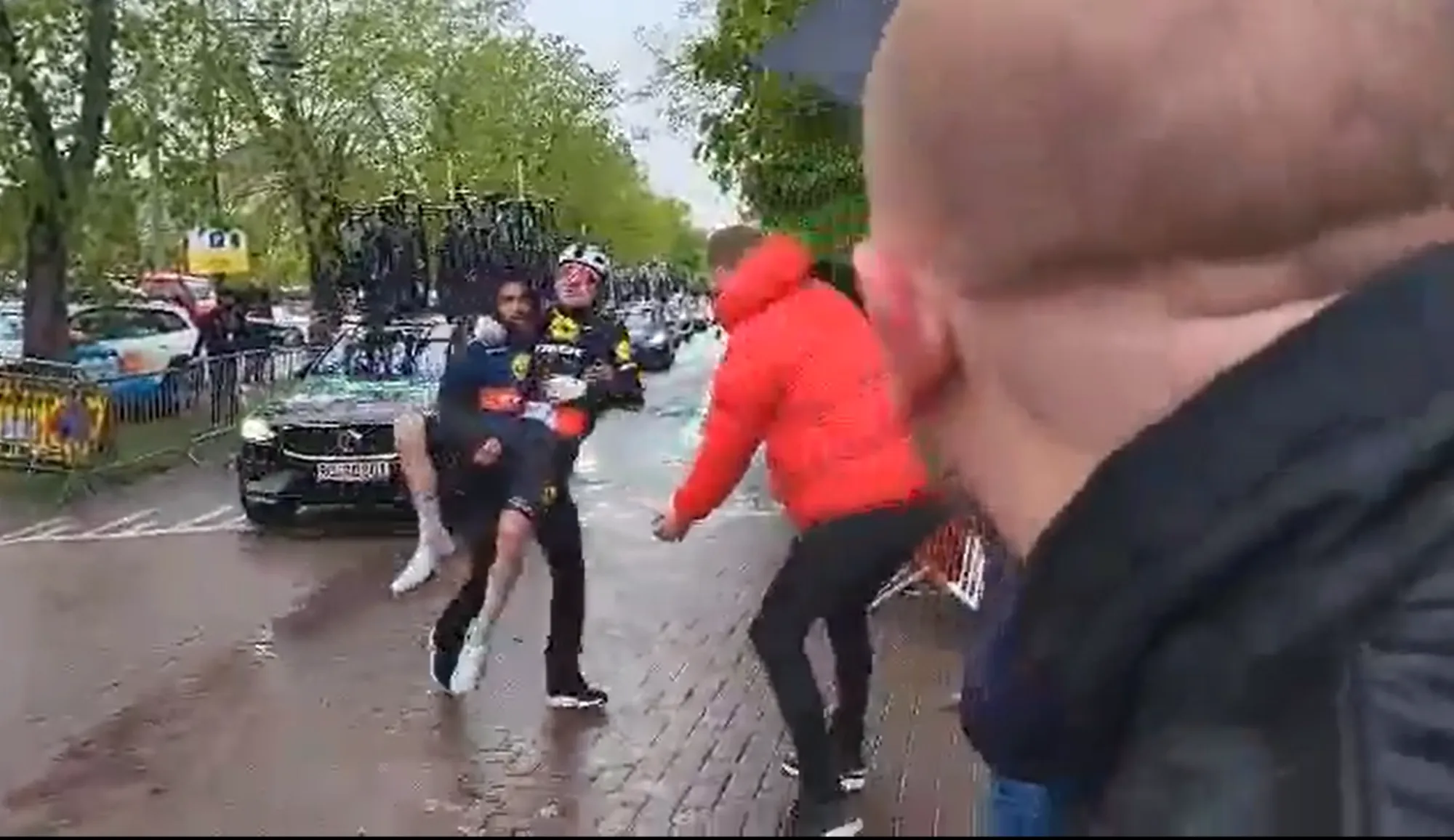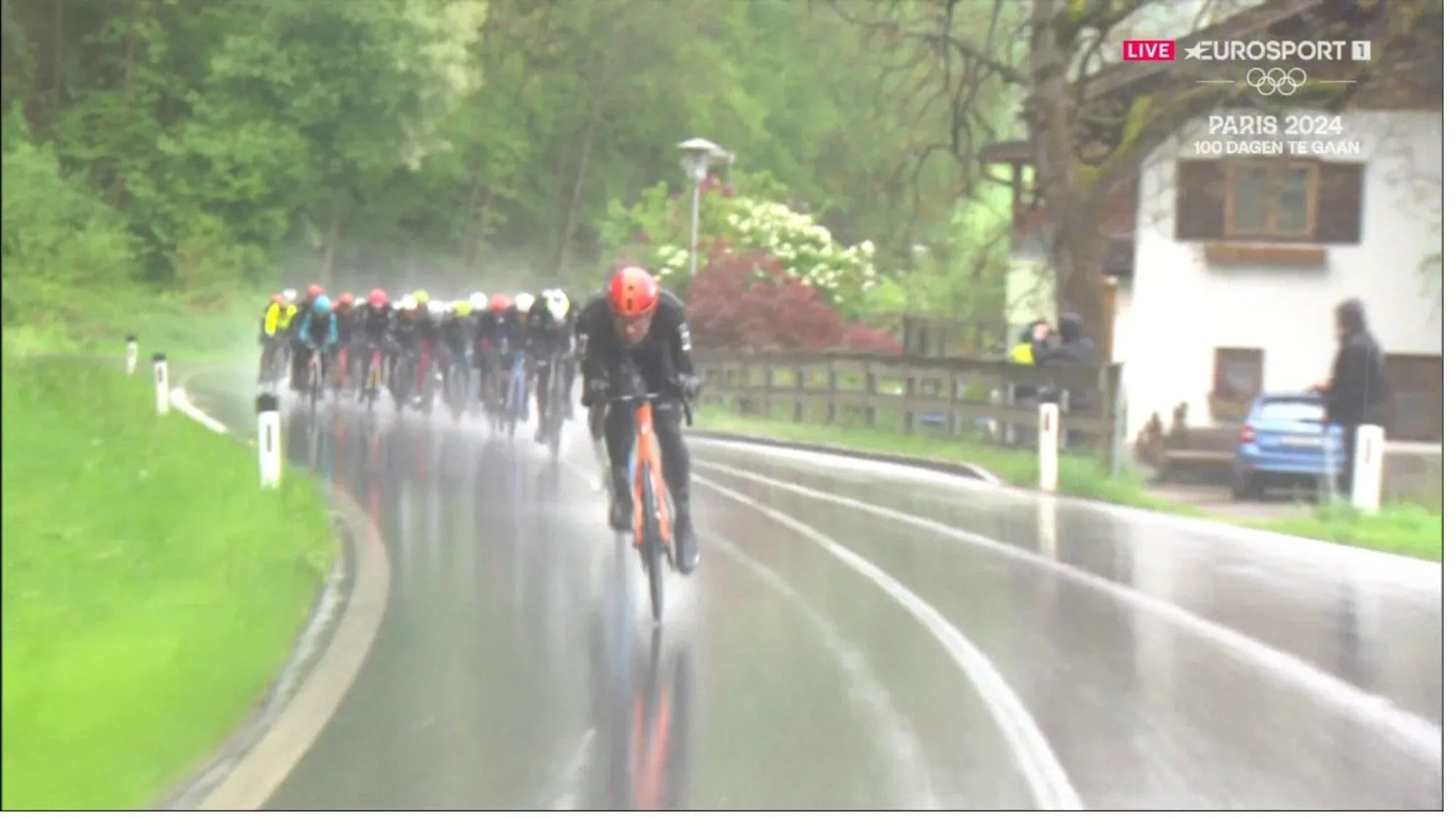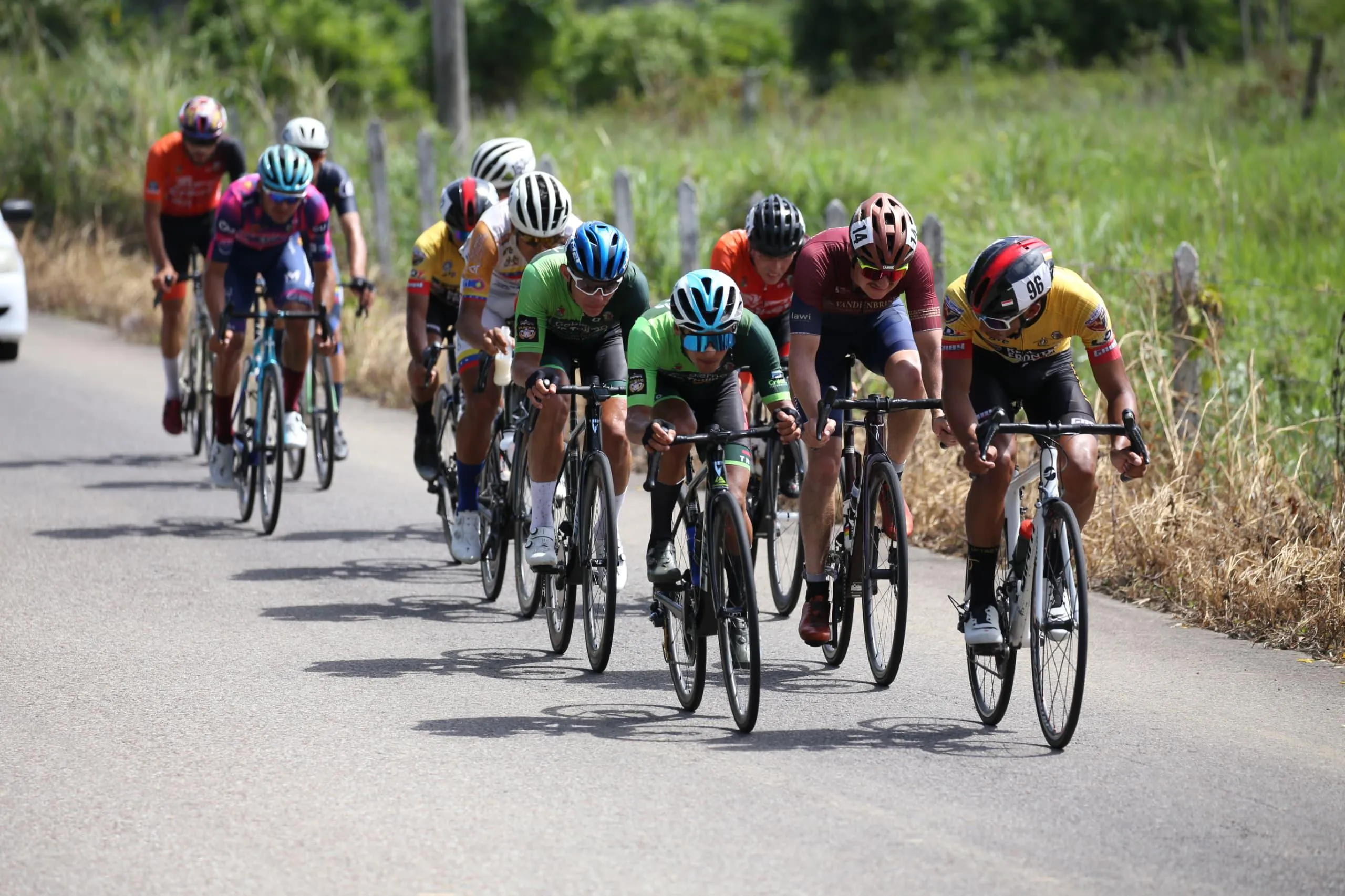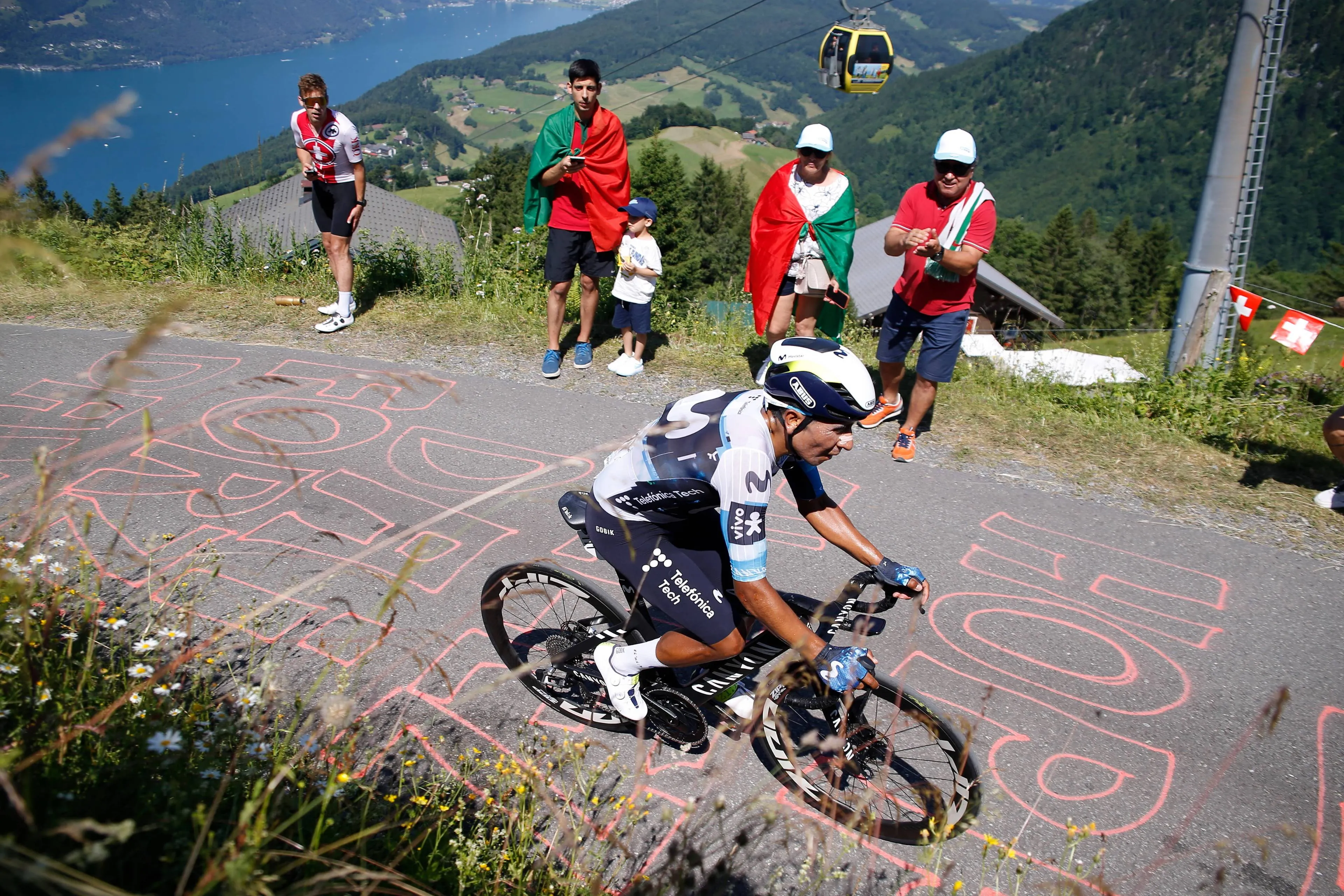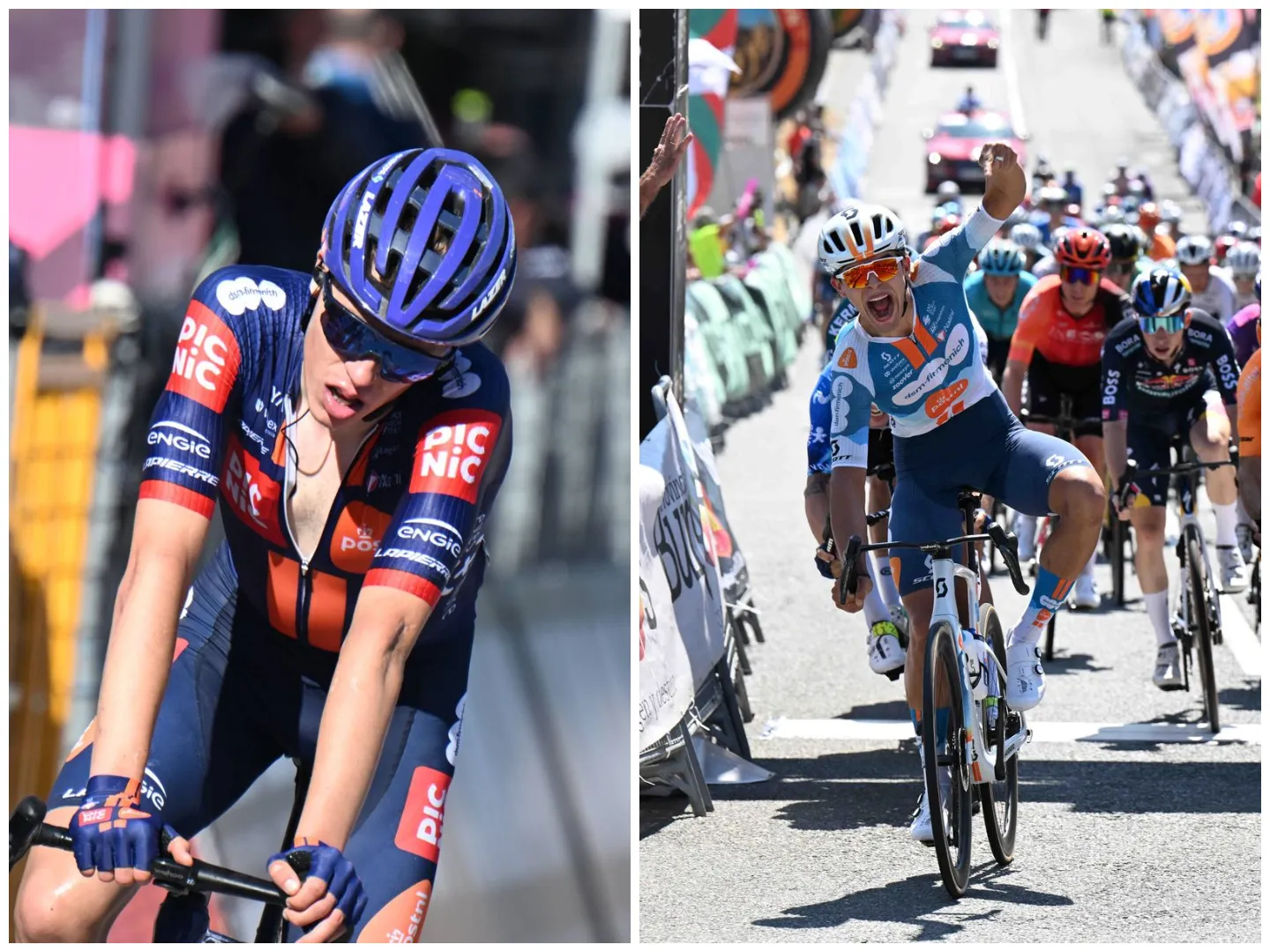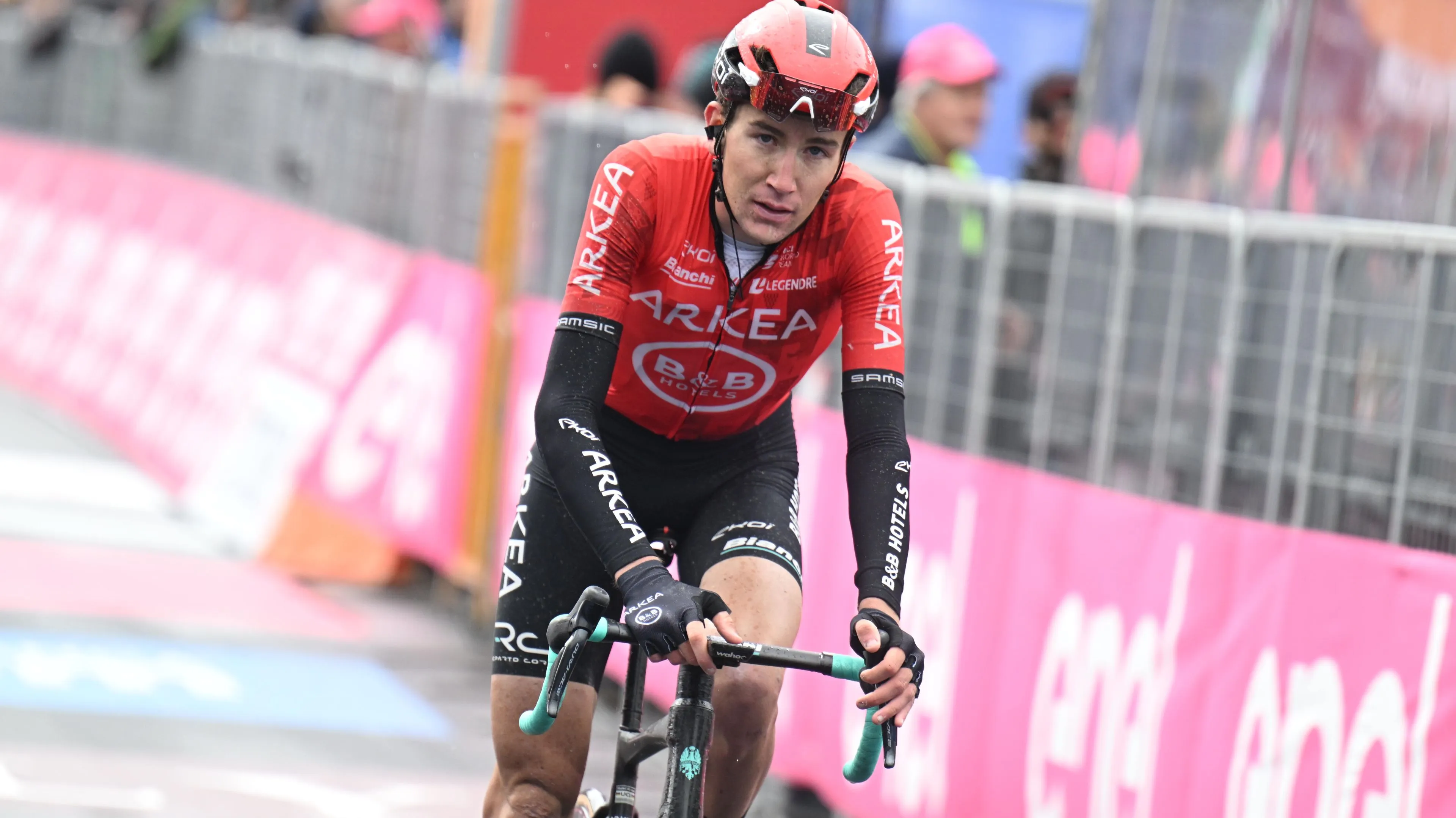"There are even stories of riders who were never the same afterwards" - Doctor warns of long-lasting effects of hypothermic La Fleche Wallonne
CyclingThursday, 18 April 2024 at 13:30

Whilst in Austria and Italy, riders at the Tour of the Alps were dealing with the coldest race day of 2024, those competing at La Fleche Wallonne in Belgium were arguably having even tougher conditions to deal with.
With the race battered by sleet, hail, rain and a piercingly cold wind, a number of riders began to seriously feel the affects of the weather, not more notably than Mattias Skjelmose who was filmed shaking uncontrollably as he was literally carried of the race. Afterwards Lidl-Trek updated, saying “We can confirm that our riders who had symptoms of hypothermia due to the bad weather conditions are feeling better again thanks to a hot shower, hot drink and warm air in the team bus. No major treatments are necessary and everything is under control," but according to Dr Kris Van der Mieren, long-lasting effects of such an experience are something to be mindful of.
Read also
"The feeling in your muscles decreases," van der Mieren tells Sporza. "Just like the sharpness of your consciousness. This makes you less able to respond accurately. Fortunately, there is always good support in cycling. In extreme circumstances, this causes people to go into a coma. If the body temperature drops below 34 degrees, it can even lead to death."
"In the descents the speed increases, there is splashing water and riders get soaked. Then the body cools down quickly. Alternate this with intensive climbs and short moments of heat. Once the body temperature drops below 35 degrees after a bit of a struggle, the problems begin. The light can go out quite quickly," he continues. "It's like the straw that breaks the camel's back. Then you have to stop, but riders always want to keep going. For them it is simply a form of suffering. But that is precisely the danger: the extreme exhaustion makes you less able to respond accurately."
Read also
Van der Mieren also details just what happens to a riders body in such extreme circumstances. "First of all, the body will try to protect itself with basic reactions such as goosebumps and shivering. This is to maintain the temperature. And then the metabolism starts to slow down. The engine literally stops and energy is saved as much as possible, because the body goes into survival mode due to the extreme stress situation," he explains. "In other words, everything that does not serve to protect the vital organs is a waste of energy. Because well, your body doesn't know that you are riding a race."
"That cold can sometimes stay in your body for hours. It is an attack on your organs that need to recover. So heating up quickly is one thing, generating energy is another. In fact, you only know what it really is like weeks after the effort," the doctor concludes. "There are even stories of riders who were never the same afterwards. In 98% of cases everything will be fine after a few weeks. Although you don't know that right away and there is never complete certainty. It's not always innocent."
Read also
claps 3visitors 3
Just in
Popular news
Latest comments
- they be stupid Ineosabstractengineer09-01-2026
- Wow, sad and unlucky indeed if he can’t even cycle recreationally as a result of this.mobk09-01-2026
- That's right, Giannetti said that Almeida and Ayuso asked to go to the 2024 TdF. They told them that Tadej was the only captain then if they went, they would be domestiques. Both accepted. Almeida kept his word, but Ayuso was a traitor. As soon as he realized he couldn't play his game , hiding at the back of the peloto, watching his classification, he got "COVID" (in summer, at 40 °C), leaving his team with a man less.
 maria2024202409-01-2026
maria2024202409-01-2026 - if anyone can compete with Tadej and Mathieu that is.mij09-01-2026
- no one has an answer for those twomij09-01-2026
- sorry for him, must be toughmij09-01-2026
- just a boneheaded move to watch yates ride away in that initial 100m of his attack. it wasn’t that blistering. Del Toro and Carapaz just watched with no response.mij09-01-2026
- Health comes first on every occasion, for the sport this is disappointing I can't imagine how disappointing is for Eli. Wish him all the best.slappers6609-01-2026
- Starting all 3 vs finishing all 3, which makes what Sepp Kuss did in 2023 very impressive.
 Front24209-01-2026
Front24209-01-2026 - It'd be good to see these back on the Classics 👍
 leedorney09-01-2026
leedorney09-01-2026
Loading
Seeing Skjelmose unable to climb off his bike and shaking uncontrollably explains why there were only 44 finishers today. 🥶 One of the hardest editions in the history of Fleche Wallonne. #FlecheWallonne 📽️ @willoo31
1 Comments
